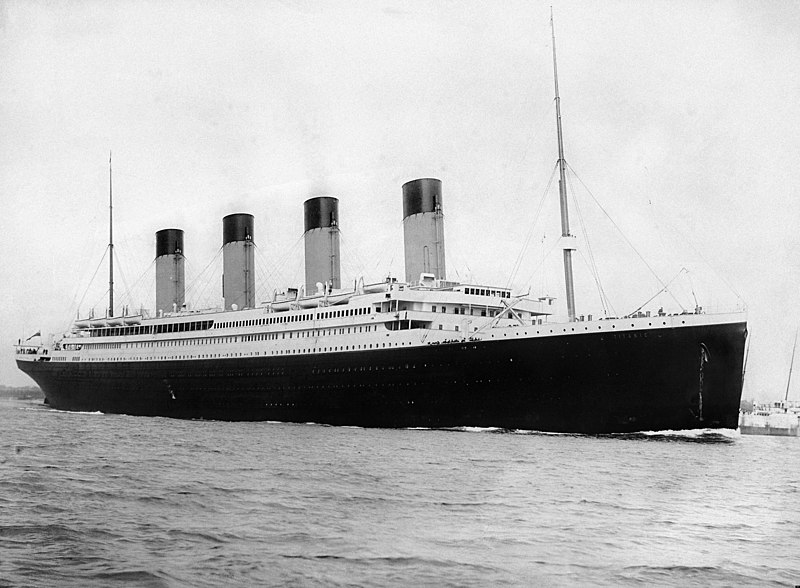The Titanic dataset is a popular and widely used dataset in the field of machine learning and data science. It contains information about the passengers who were aboard the RMS Titanic during its ill-fated maiden voyage, including whether they survived or not. This dataset is often used for educational purposes, as it provides a valuable opportunity to explore various machine learning techniques and concepts, such as data preprocessing, feature engineering, model selection, and evaluation.
- Title: Titanic Dataset
- Source: This dataset is based on the passenger list of the RMS Titanic, which sank on April 15, 1912, after colliding with an iceberg.
- Data Collection: The dataset was compiled from various sources, including passenger manifests and historical records.
The dataset consists of two main files: train.csv and test.csv. Here's a brief description of the columns in these files:
- PassengerId: A unique identifier for each passenger.
- Survived: Indicates whether the passenger survived (1) or did not survive (0).
- Pclass: The passenger class (1st, 2nd, or 3rd).
- Name: The name of the passenger.
- Sex: The gender of the passenger (male or female).
- Age: The age of the passenger.
- SibSp: The number of siblings/spouses aboard the Titanic.
- Parch: The number of parents/children aboard the Titanic.
- Ticket: The ticket number.
- Fare: The fare paid by the passenger.
- Cabin: The cabin number.
- Embarked: The port of embarkation (C = Cherbourg; Q = Queenstown; S = Southampton).
This file is similar to train.csv, but it does not include the "Survived" column. The goal is to predict the survival status of passengers in the test set based on models trained on the training set.
The primary objective of using the Titanic dataset in machine learning is to predict whether a passenger survived or not based on the available features. This is a binary classification problem, and various machine learning algorithms can be applied to create predictive models.
Here's a typical workflow when working with the Titanic dataset in a machine learning context:
-
Data Loading: Load the dataset using a data manipulation library such as pandas in Python.
-
Data Preprocessing: Perform data cleaning, handle missing values, and convert categorical variables into numerical format (e.g., one-hot encoding).
-
Exploratory Data Analysis (EDA): Explore the dataset to gain insights into the distribution of features and relationships between variables. Visualization tools like Matplotlib and Seaborn can be helpful.
-
Feature Engineering: Create new features or modify existing ones to enhance the predictive power of the model. For example, you can extract titles from passenger names or create family size features.
-
Model Selection: Choose one or more machine learning algorithms (e.g., logistic regression, decision trees, random forests, support vector machines) and train them on the training data.
-
Model Evaluation: Evaluate the performance of the models using appropriate evaluation metrics (e.g., accuracy, precision, recall, F1-score) and techniques (e.g., cross-validation) to avoid overfitting.
-
Hyperparameter Tuning: Fine-tune the model hyperparameters to optimize performance.
-
Predictions: Make predictions on the test dataset using the trained model.
-
Submission: Prepare the prediction results for submission, often in the format required by the competition or project.
-
Documentation: Document the entire process, including data preprocessing steps, feature engineering, model selection, and evaluation results.
dataset link : "https://www.kaggle.com/datasets/heptapod/titanic"
The Titanic dataset is a valuable resource for practicing and learning about various aspects of machine learning and data science. It provides an opportunity to work on a real-world problem, apply data preprocessing techniques, experiment with different algorithms, and gain insights into model evaluation. Happy exploring and modeling!
